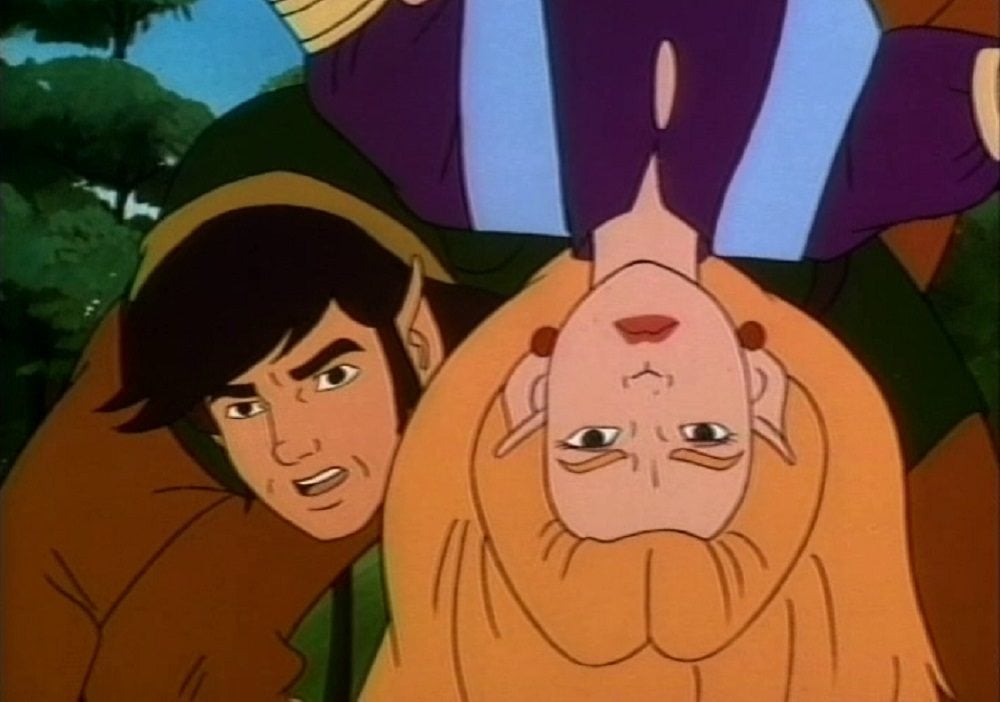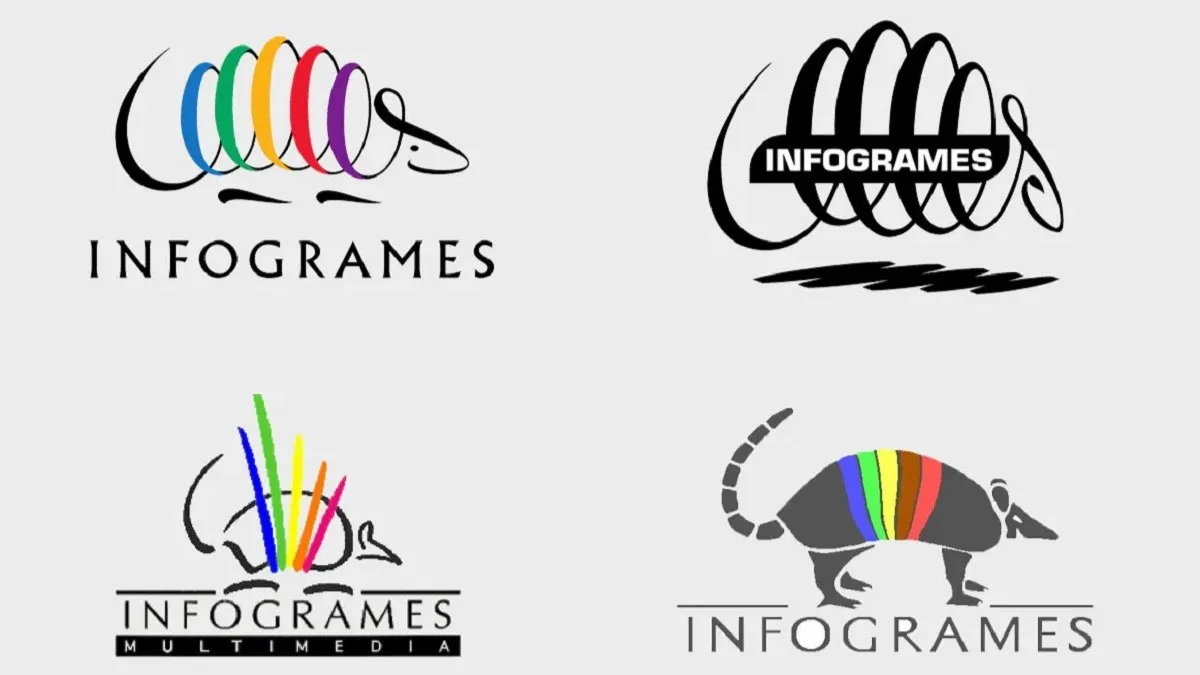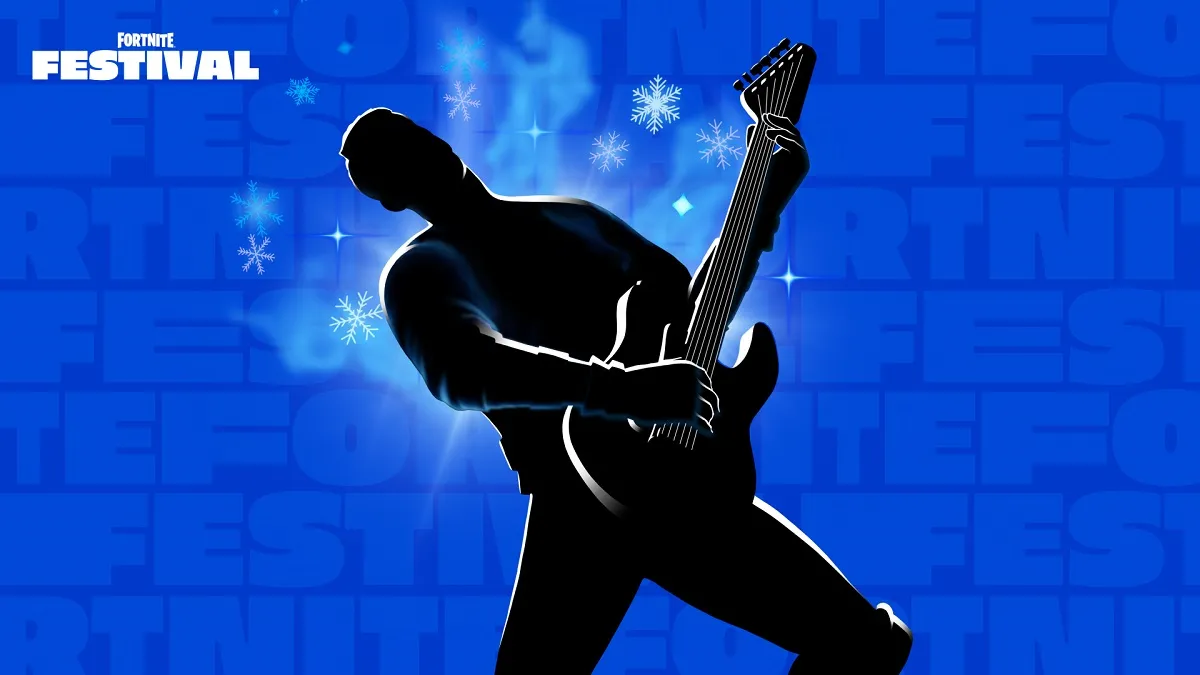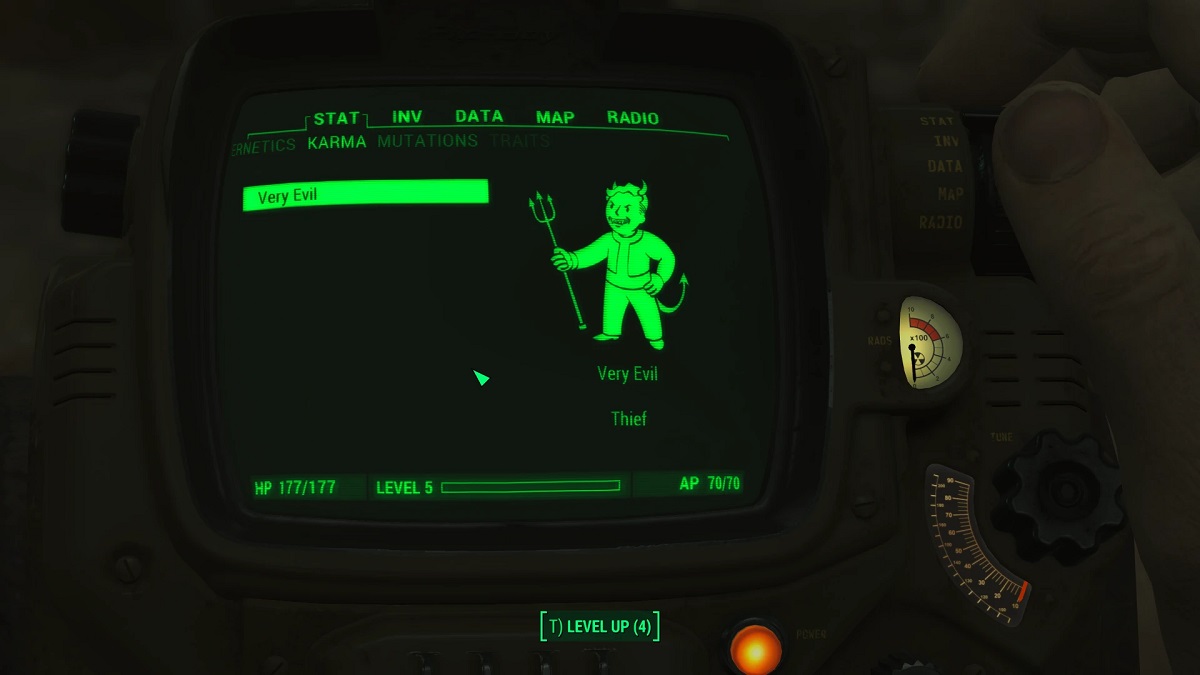Missing Link
If there is one thing that helped Nintendo’s The Legend of Zelda franchise remain one of the most enduring and beloved series of all-time, it’s consistency. There aren’t many series that have put so few feet wrong in well over 30 years, which is a testament to the quality poured into each and every release.
Oh sure, there’s been a few missteps along the way, including 1993’s Link: The Faces of Evil and Zelda: The Sword of Gamelon, as well as the 2017 Switch entry Breath of the Wild (I kid, I kid…calm down), but nine times out of ten, you can always expect Nintendo to knock it outta the park, thanks to the protective nature and reverence with which it treats its home-grown IPs.
But it wasn’t always so. In the late ’80s and early ’90s, Nintendo of America was definitely more lenient with the sharing of its franchises, licensing out golden geese such as Super Mario Bros. with a far more carefree attitude. For the most part, this proved unwise, resulting in sub-standard entertainment that failed to capture the essence of the source material – Super Mario Bros. The Movie, anyone?
Of all of these ventures, none is more notorious than the short-lived Legend of Zelda animated series, which attempted to capitalize on the success of NES releases The Legend of Zelda and Zelda II: The Adventures of Link. Handed to DIC Enterprises (“DEEEK!“), The Legend of Zelda was an attempt to take Hyrule’s inhabitants out of the video game realm and into the lucrative, backward-baseball-cap world of ’80s kids’ TV.
The resulting show would contribute to Nintendo re-evaluating its attitude toward licensing. Forever.

The Legend of Zelda, produced for Viacom Entertainment, originally aired in North America in September 1989, broadcast as part of The Super Mario Bros. Super Show! – itself renown for WWF-star Captain Lou Albano’s manic turn imploring viewers to “Do the Mario.” While Monday through Thursday would feature a daily episode of the awful Super Mario Bros. cartoon, Fridays would substitute an episode of The Legend of Zelda, ensuring your weekend got off to a shit sandwich of a start.
The Legend of Zelda sees young hero Link living in Hyrule Castle with Princess Zelda and her father, King Harkinian (your favorite Zelda character). Link has been hired by the king to guard the Triforce of Wisdom from evil sorcerer Ganon, who himself already owns the Triforce of Power. I don’t know where he got it. Let’s say eBay. At no point in the series is the Triforce of Courage seen or referenced whatsoever. This actually makes it a Biforce, which is what I call my temper tantrums.
Each episode sees Ganon attempt to capture both Triforce, an act which will immediately make him the Hyrule’s ruler…or so we’re told. With each episode only running 14 minutes, not including two title sequences, we shouldn’t expect a deep backstory. Typically, Ganon attempts some kind of subterfuge, inevitably failing as ZeldInk save the day. Most of the show’s 13 episodes follow a simple formula: Brief Fight > Ganon’s Plan > Plan is Attempted > Nearly Works > Doesn’t Work > Do The Mario. (Incidentally, said dance involves “swinging your arms from side to side” and “taking a step, and then again”… That’s just walking. You’re describing walking, Cpt. Lou.)
As a simple “Saturday Morning” type affair, this would be perfectly fine. But The Legend of Zelda is a breakable jar filled with problems. Firstly, the scant run-time doesn’t allow for even the slightest depth, resulting in bland and repetitive storytelling. Secondly, when the action arrives, it has a cheap and stilted flow akin to someone failing a laserdisc game. But the main issue – the biggest issue – is simply that most everyone in The Legend of Zelda is a dick. Let’s check out our cast.

Here’s the man of the hour, Link himself. He doesn’t look bad at all, although there’s zero sign of the soft androgyny that would become a character design trait. Link’s got the suit, he’s got the hair, he’s got a cute button nose. They just need to give him a plucky, underdog personality and we’re good to go. Let’s check out his first lines of dialogue:
“Yech! Another beautiful day in the ‘magical kingdom of Hyrule’. Boring place!.. Look at me, living in a castle, sleeping in a bed… Aren’t I sweet? Yuck!” Link opens his window and spies on Zelda in her nightgown. “(wolf whistle) Looking good, Princess…especially from this angle!”
Yep, unsure how to read our hero from his recent NEScapades, DIC decided he was a whiny, self-centered, lecherous teen. The Legend of Zelda‘s Link moans, whines and self-congratulates throughout each episode, his only goal being to score with the fair princess – putting the moves on her time and again. “Ha! Saved you again princess. Kiss me!” demands Hyrule’s favorite incel in one instance. “Oh boy, it’s smooching time!” he exclaims after Zelda simply sits on a bed. He also has this habit of spinning his sword around before he sheathes it. You ain’t T.J. Lazer, pal.
The Legend of Zelda‘s Link is weirdly unlikable 99% of the time. Rather than the steadfast hero we know and love, he’s basically the “smug teen” from every other TV show of the day. He’s Doyle from Galaxy High School, he’s Kevin from Captain N, if he went to a Californian high school and mentally tortured women, he’d be Zack from Saved by the Bell. And you might even be able to forgive this, all of it, if it wasn’t for “that” catchphrase, delivered an unbelievable 29 times in just 13 episodes… Lordy.
Princess Zelda fares a little better. The ruler of Hyrule is, for the most part, presented as Link’s equal and occasionally his better. In fact, Zelda is portrayed so headstrong and capable in battle that you can’t help but wonder why she even hired Link in the first place. Although she takes up her typical damsel role on multiple instances, this iteration of Zelda is charging into battle, kicking Octorok ass, and smothering eagles in dirty laundry years before she ever donned ninja garb and started ordering folk to awaken the Seven Sages.
The Legend of Zelda‘s…erm…Zelda fits in neatly with an early wave of stronger women characters appearing in animated shows of the era. These queens include Thundercats‘ Cheetara, G.I. Joe‘s Lady Jaye and Baroness, and She-Ra: Princess of Power – all of whom aren’t nearly as badass as Pizazz from Jem and the Holograms, but nobody is.
Still, even with her slightly more self-sufficient, mildly progressive appearance, Zelda is unnecessarily stand-offish, snooty, even mean. While I appreciate that the show is going for a “They Fancy Each Other, Really” vibe, the animosity between the leads is hilariously weighted, and sometimes just comes across like they legitimately can’t stand one another. Moonlighting, this was not.

Every show has an Orko, or a Slimer, or a Snarf, and The Legend of Zelda goes with dollar store Tinkerbell, Spryte. Spryte is a fairy princess who follows our leads around offering witticisms and exposition. Spryte’s hair frequently changes between blonde and brunette – possibly because of fairy magic, possibly because the animators weren’t paying attention. Still, being the princess of the fairies, Spryte will surely offer the show some much-needed softness.
“Hey, listen,” Spryte tells Link in episode one. “Zelda’s a snot. You should stick with me.” (I might have imagined “Hey, listen”). Seems that even Spryte’s just out for number one. The fairy fancies Link — because he’s just so dang lovable — and dislikes Zelda because she’s a match for his affections. I didn’t have time to put the show through the Bechdel Test, sorry.

No kid’s cartoon in the ’80s was complete without a solid villain: a Cobra Commander, a Starscream, or a third character with the exact same voice and personality. In The Legend of Zelda, we have the notorious Ganon, who is given the flat personality of “sorcerer,” lacking the sardonic nature and gay appeal that made Skeletor so cool. Ganon conjures up villains from his “Evil Jar” – a sort of purgatory where his defeated minions dwell, ensuring that Link doesn’t actually kill anybody during his family-friendly adventures.
Ganon’s plans mostly involve trickery, disguising himself or others to sneak into Hyrule Castle. His one goal is to capture to Triforce of Wisdom, which he does SEVEN FUCKING MINUTES INTO EPISODE ONE. I don’t know how many rupees Zelda is paying Link, but it’s definitely too many. Call Dirk the Daring.
Ganon has far too many teeth, which creeps me out like the scrapped Sonic the Hedgehog movie design. Rather than walk, Ganon chooses to teleport everywhere — even just three steps across the same room — but the evil genius never thinks to simply teleport to the Triforce, pick it up, and then just teleport home. Also, in the final episode, his minions — the Moblins — get sick of his shit management and take over. I’d like to point out that this never once happened to The Shredder.

Let’s be positive and look at what DIC’s The Legend of Zelda did right. To be fair, provided none of the characters are talking or existing, the show is pretty authentic. A charming score is composed of spirited renditions of themes from the NES titles, while actions are accompanied by actual in-game sound effects — a technique also utilized in Super Mario Bros. and Captain N: The Game Master. Very unlike the Super Mario Bros. show, we don’t get a cameo from Milli Vanilli, nor 1960s song covers performed by the Koopa Kids. A fun mechanic devised for The Legend of Zelda sees items shrink down as they are pocketed, explaining how Link can carry so much in his meager clothing. This is just like Sport Billy, and you’re too young to know who in the blue hell I’m even talking about.
By far, The Legend of Zelda‘s best element is its use of numerous trademark villains. Despite the show’s short run, we get to see a huge selection of baddies from the video games. Octoroks, Moblins, Dodongos, Aches, and Gibdos are all on the call sheet, as well as boss characters such as Aquamentus and a surprisingly charismatic Gleeok. Popular weapons and items such as Link’s sword, Zelda’s bow, and boomerangs are also present, though both the sword and the bow simply fire “light zaps” to keep the violence down. Anyone expecting a Lucio Fulci-style decapitation in children’s afternoon programming will be sadly disappointed. While the characterization leaves something to be desired, it’s fun to see the show’s adherence to Zelda’s rogues’ gallery of gods and monsters.

Now, we’re just having a bit of gentle fun here, but I can already hear some of you. “This is all very well and good and too long, Moyse, but it is just a kids’ show, y’know?” And I get it, it is just a kids’ show — but there were plenty of shows on the market that were just better. Shows that similarly dealt with fantasy action and magical worlds and with a much wider cast of characters that not only looked slicker, but were better written, had cooler central arcs, and better-layered heroes and villains.
Shows such as Transformers, Jayce and the Wheeled Warriors, Thundercats, M.A.S.K., Dungeons and Dragons, and Jem and the Holograms all existed around the same time and were more smarter, more engaging, less condescending. These shows presented better action, funnier comedy, and stronger moral lessons. So it doesn’t really wash to say “It wasn’t made for middle-aged Brits on a dump truck of Sertraline” when there were other TV shows occupying the exact same “Kids’ TV” slot that blew it out of the water.
Does it really matter that The Legend of Zelda was a poor quality show? Well, yes and no. No, because DIC’s short-lived series was merely one more harmless entity in a thousand mediocre cartoons, but yes, in that it was the failure of sub-licenses such as The Legend of Zelda that led to Nintendo being so completely tight-fisted on the future use of its IPs. If some of these shows and movies had treated the material with more care and reverence, then we would likely have seen better efforts made down the line. We most certainly would have had a new Legend of Zelda anime, movie, or live-action series by now. In a minor way, DIC’s The Legend of Zelda did contribute negatively to the franchise’s potential.
Regardless of the cartoon’s failure, The Legend of Zelda as a multimedia brand has more than endured, a direct result of 35 years of excellent video games, which have entertained players across the globe for generation after generation. Ultimately, Nintendo’s franchise has proven itself untouchable time and again, unfettered by its few missteps. Ironically, for all its flaws, DIC’s The Legend of Zelda has its own quaint role to play in the franchise’s history, as one of the very few times all wasn’t quite right in the land of Hyrule.
Will we ever see a truly authentic Legend of Zelda cinematic universe? Who knows? and frankly, who cares? As we’ve already had the best interpretation possible. Take it away…





